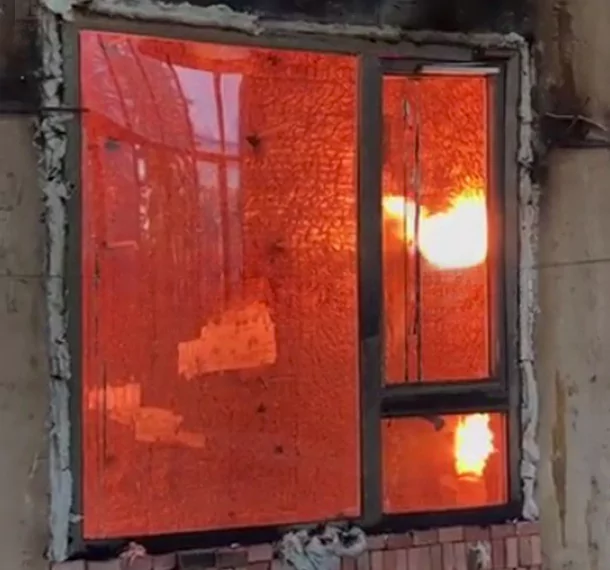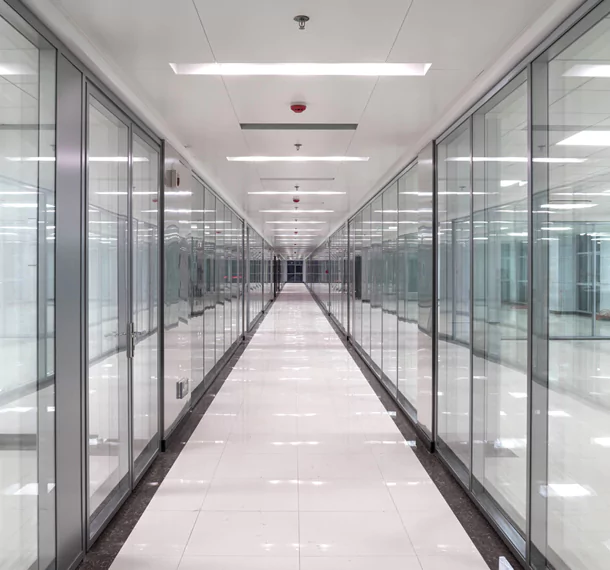Top Fire-Rated Glass Solutions in Tokyo
In contemporary architectural projects in japan, the integration of ei30 fire-rated glass Tokyo has emerged as an essential component for ensuring safety and compliance with stringent building codes. this advanced glazing solution is designed to withstand flames and smoke for up to 30 minutes, offering a crucial dual benefit: it maintains structural integrity while also providing significant thermal insulation. by doing so, it ensures that the unexposed side remains below critical temperature thresholds, effectively safeguarding occupants from radiant heat and preventing secondary ignitions in Tokyo.
Japanese building codes have increasingly emphasized comprehensive fire safety measures in recent years. as a result, ei30 glass has become a preferred choice for critical areas within buildings such as evacuation routes and public corridors. this material not only meets rigorous safety standards but also aligns seamlessly with modern design aesthetics, allowing architects to incorporate safety features without compromising on style or functionality.
The performance of ei30 fire-rated glass Tokyo is verified through rigorous international testing protocols. these tests ensure that the glass can withstand extreme conditions while maintaining its integrity, making it an ideal solution for high-rise buildings and densely populated urban environments where fire risks are heightened. the ability of this specialized glazing to perform under pressure provides peace of mind to architects, builders, and occupants alike.
The japanese construction sector places an exceptionally high premium on life safety—a principle that is profoundly addressed by the use of fire-resistive glass. unlike conventional glazing materials that may shatter or fail under extreme heat conditions, fire-resistive glass is engineered specifically to endure temperatures exceeding 870°c (1598°f). this capability provides a vital barrier against the propagation of fire and smoke within buildings in Tokyo.
In densely populated urban environments like tokyo or osaka, where skyscrapers are prevalent and space is at a premium, compartmentalization becomes essential for enhancing occupant safety during emergencies. fire-rated glass Tokyo plays a pivotal role in this strategy by allowing for longer evacuation periods during fires—an invaluable feature when every second counts.
Manufacturers producing this specialized glazing adhere to strict quality controls that often align with international standards such as en 13501-2. this standard outlines test methods for determining the reaction-to-fire performance characteristics of construction products—ensuring that each panel delivers consistent protection across various applications. such adherence contributes significantly to a building’s overall passive fire protection strategy by integrating reliable materials into its design.
Fire-rated glass finds application across various sectors including commercial buildings, healthcare facilities, educational institutions, and residential complexes. in office spaces where open layouts are common yet must comply with strict safety regulations, ei30 glass allows designers to create visually appealing environments without sacrificing occupant security.
In healthcare settings like hospitals or clinics where patient well-being is paramount, using fire-resistant materials ensures safe passageways while maintaining visibility between different areas—facilitating efficient emergency response if needed. educational institutions also benefit from incorporating this type of glazing into their designs; classrooms can be equipped with safe windows that provide natural light while adhering strictly to life-safety codes.
Residential architecture increasingly embraces ei30 solutions as homeowners seek both aesthetic appeal and enhanced protection against potential hazards like fires. by integrating these advanced materials into homes or multi-family dwellings situated near urban centers prone to higher risks due both natural disasters (earthquakes) or man-made incidents (fires), residents enjoy greater peace-of-mind knowing they’ve taken proactive steps toward safeguarding their families’ lives.
As we look toward the future of architecture in japan—and indeed around the world—the role played by innovative solutions such as ei30 fire-rated glass Tokyo cannot be overstated. its ability not only enhances life-safety measures but also complements modern design principles makes it indispensable within contemporary architectural projects today—and likely well into tomorrow’s skyline transformations too! with ongoing advancements in technology leading towards even more robust options available soon enough; one thing remains clear: prioritizing occupant welfare will continue driving innovation forward throughout our built environment!
Fireproof glass provides buildings with an extra layer of defense during fire emergencies, helping prevent the spread of flames, smoke and radiant/conductive heat during an incident. As well as serving this primary safety purpose, fire-rated glass Tokyo serves a multitude of other purposes beyond security demands
1. Fire-Resistant Glass' main advantage lies in its ability to contain flames and smoke within an area, providing more time for evacuation and lessening property damage
2. Aesthetic Appeal: Fire-rated glass provides aesthetic appeal by allowing natural light transmission that brightens rooms, creating visually appealing spaces while increasing energy efficiency
3. Security Enhancement: In addition to its fire-resistive qualities, fireproof glass can also be designed specifically to meet security demands. By combining strength and transparency, fire-rated glass Tokyo provides a secure barrier without restricting visibility. These benefits demonstrate how it meets both practical safety needs as well as aesthetic considerations when applied in architectural designs, meeting stringent security regulations.
Fire-rated glass offers multiple advantages that go far beyond its primary function of protecting against flames, smoke and radiant or conductive heat. From an aesthetic point of view, fireproofed glass seamlessly integrates into any architectural design for both safety and style. Furthermore, daylighting in spaces while complying with stringent security demands is made possible through fireproofed glass's multifunctional nature; further providing security without compromising visibility or design integrity - fire-rated glass stands as an invaluable solution meeting both aesthetic needs while meeting all safety concerns simultaneously in various settings!
When it comes to fire-rated glass Tokyo , the importance of safety and aesthetics cannot be overstated. Let's delve into three successful projects where fire-rated glass Tokyo played a crucial role in enhancing both function and design:
1. Project Name: Innovate Tower_
Effects: The use of fire-rated glass allowed for maximum natural light penetration, creating a bright and inviting workspace while ensuring compliance with stringent fire safety regulations in Tokyo.
2. Project Name: Skyline Residence_
Effects: By incorporating fire-rated glass into the architectural design, this residential development achieved a modern and sleek aesthetic without compromising on safety or performance.
3. Project Name: Metroplex Mall Renovation_
Effects: The installation of fire-rated glass in key areas of the mall not only enhanced the overall look and feel of the space but also provided peace of mind to visitors and tenants in terms of fire protection.
These projects showcase how fire-rated glass can seamlessly blend safety with style, making it an indispensable element in contemporary architecture and design.







